Dr. Martin Luther King Jr. once said, “We are not makers of history. We are made by history.” I am often reminded of this quote when current events and the classroom intersect. The fact of the matter is, that we have all lived through historic events as they have unfolded.
Most notably for me was in 7th grade watching the Twin Towers fall on a television set in my ELA classroom. I remember feelings of confusion and fear. What I cannot remember is my teachers at that time talking about the tragedy of 9/11 with me or my classmates in the following months. That event “made” my life, and lives across the globe, change overnight.

Over the past few years, our students have lived through historical events from the global Coronavirus pandemic, the insurrection at the Capitol on January 6, 2021, the Black Lives Matter protests, and the war in Ukraine. Our students are watching history unfold in ways we were never able to through social media. Whether they mean to or not, our students are aware of current events. As educators, we have the privilege of teaching them to comprehend what is happening in the world around them.
Teaching about history as it happens can feel daunting and overwhelming, especially when we are processing too. However, giving our students space to learn about current events makes the world less scary for them. It also teaches them to be responsible global citizens. Knowledge is a powerful tool. Having an understanding of current events and a place to process can offer students a sense of control when life may seem anything but in control.
Throughout this article are 3 tips, strategies, and resources that I have used over the past 10 years to tackle teaching history as it is happening.
Creating a Safe Space for Difficult Conversations
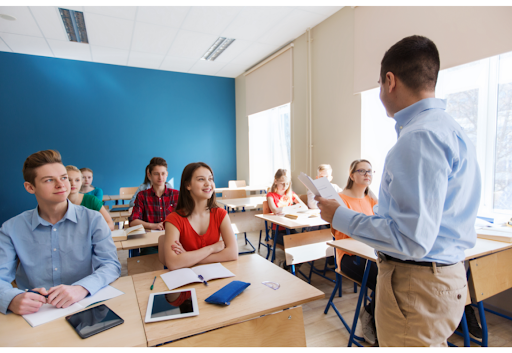
The first tip for teaching history in real-time is ensuring that your classroom is a safe space. As educators, from the first day of school, we strive to build strong classroom communities and forge meaningful relationships with our students. We know that students must feel valued and safe in our classrooms in order for them to desire to learn from us, share their wisdom, and engage with our content.
One particular aspect of creating safe spaces is establishing classroom/discussion expectations with students. It is important for this process to be collaborative and for all students to have their voices recognized when creating expectations.
Generally, I like to start this activity by listing 3 expectations that are important to me and that I feel will benefit the class as a whole. In the past these have been:
- Assume positive intent
- It’s okay to disagree, but respectfully
- Conflict must be resolved
Then, I allow students to brainstorm expectations that are important to them. I provide students with the chance to share these with the rest of the class and then add them to our list.
As a class, we also discuss what it means to respectfully disagree and what conflict resolution looks like. Allowing students the space to disagree makes their opinions feel valued and their voices heard. Resolving misunderstandings is important to keep your positive culture intact and relationships between peers to go unharmed.
This article from Facing History is a great resource for further reading!
Head, Heart, Conscience Strategy For Processing
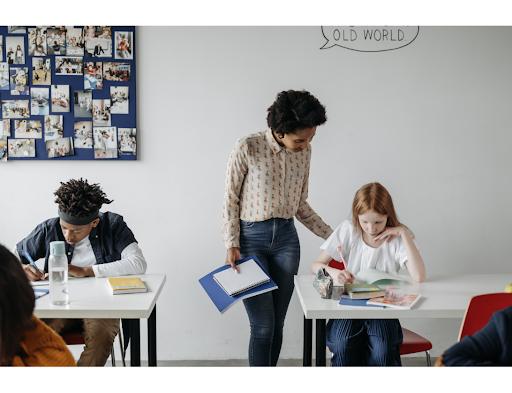
All of the credit for this next strategy comes from the brilliant minds at Facing History. This technique is a meaningful way for students to reckon with what they have learned about an event, how it makes them feel, and what is the overall impact of the event. Below is Facing History’s list of Head, Heart, and Conscience writing prompts. Check out this article for more about the pedagogy behind this strategy, their tips for implementation, and variations of this strategy.
Head:
- What information do you know about this event?
- What information is confirmed? What remains uncertain? Are there any facts that are contested?
- What additional information would you like to have to help you understand the event better?
Heart:
- What emotions does this event raise for you?
- Are there particular moments, images, or stories that stand out to you? If so, why?
Conscience:
- What questions about fairness, equity, or justice does this event raise for you?
- What choices did key figures make, and what values may have guided those choices?
- How were people impacted by this event? Are there people who should be held accountable? If so, how?
I have used this strategy multiple times over the past few years. Most recently, my students and I used this strategy when talking about Russia’s invasion of Ukraine. Allowing students time to write first allows them to process their thoughts privately. Afterward, I like to open up the floor for discussion so that we can learn from one another. During this portion of the lesson, students are invited to participate, but it is not a requirement. It is important to validate and recognize each individual’s way of processing.
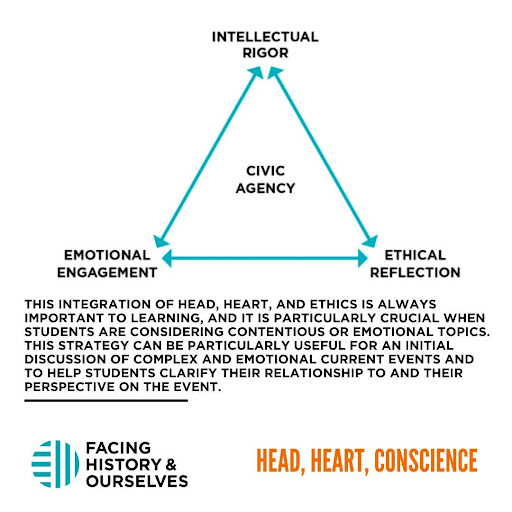
Vetting Media Sources
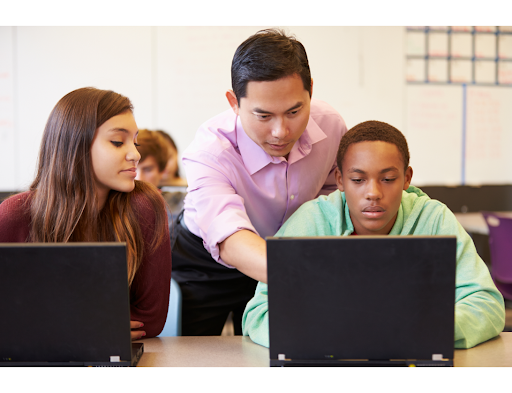
As I mentioned before, gone are the days of watching the news on television. In an article by Julia Jacobo, she reports, “Teens spend an average of seven hours and 22 minutes on their phones a day, and tweens — ages 8 to 12 — are not far behind, at four hours and 44 minutes daily, according to a new report by Common Sense Media, a nonprofit that promotes safe technology and media for children.”
With students spending so much time online, their feeds are undoubtedly inundated with breaking headlines, videos about current events, and social commentary. We know that what students see and read is not always factual, so it is important for us to teach students how to determine the credibility and bias of a source.
Check out this article for tons of ideas for teaching students how to determine credible sources.
Making History
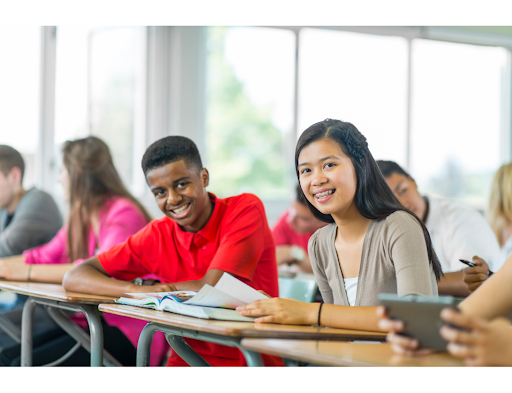
Teaching our students to process and understand history in the making allows us the chance to teach our students how to make sense of the world around them. Teaching these valuable life skills will certainly leave them feeling empowered and ready to talk about the complex historical events that they are living through. For more tips and strategies for navigating difficult topics with students through building relationships, check out my article “Strong Relationships in the Classroom: The Key to Culture and Growth.”



